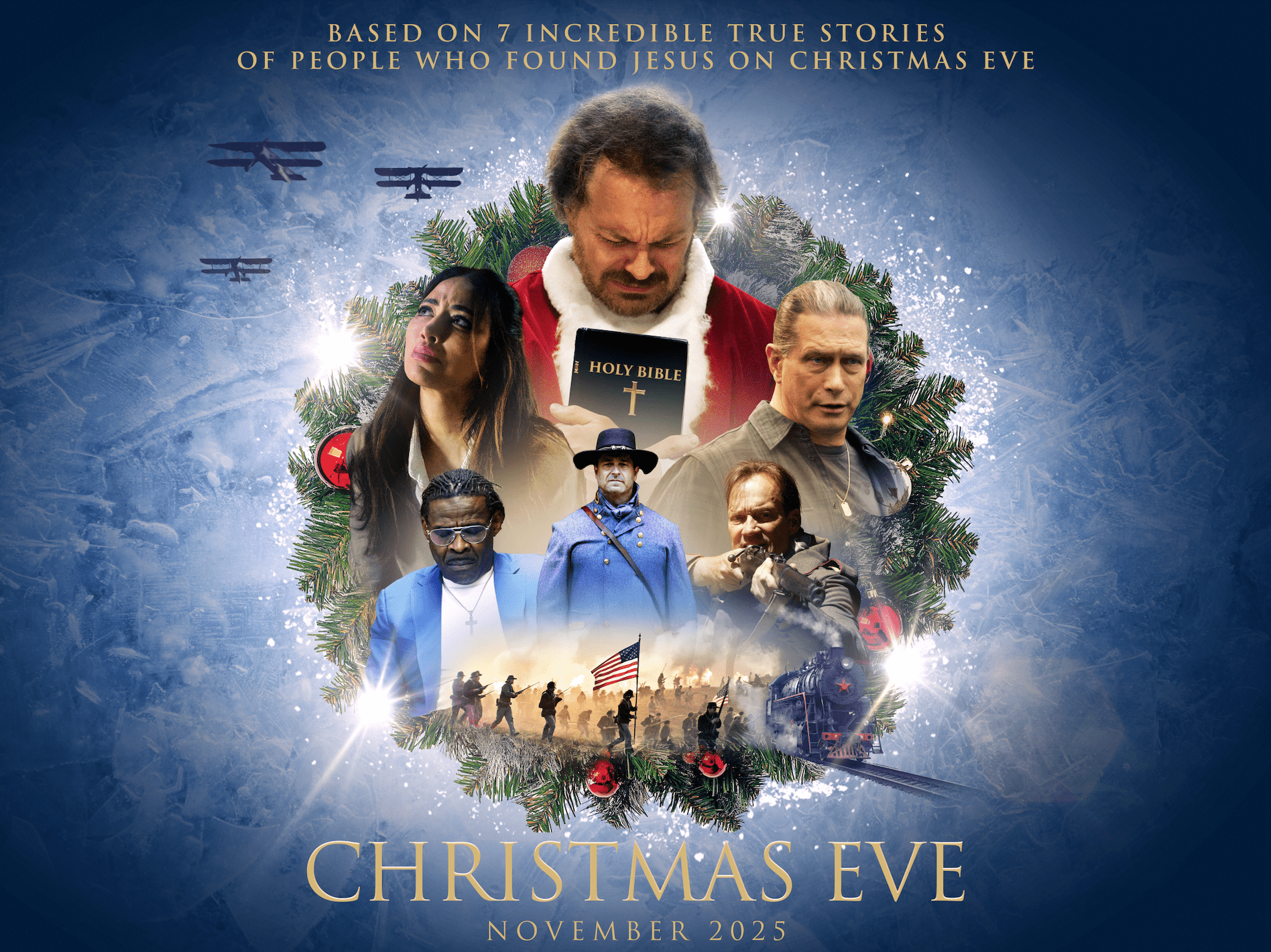Entertainment
Discovering The Influence of Jazz and Soul in Hip-Hop Sampling

Hip-hop music has taken over the world since its ascension from the streets of the Bronx in New York City. Characterized by its unique blend of poetry, rhythm, and beats, hip-hop has produced some of the world’s most iconic musicians and songs. One of the hallmarks of hip-hop music is its creative sampling techniques, which involves using snippets of music from old records to recreate new sounds. But where do these samples come from? And what has been the major influence behind hip-hop sampling?
The answer is jazz and soul music. In this blog post, we’ll put jazz and soul music under the microscope as expert Benjy Grinberg explores how these genres have influenced hip-hop sampling.
Jazz Music Influence On Hip-Hop Sampling
Jazz music was a major inspiration behind the early days of hip-hop music. Jazz music was all about improvisation and freestyling, which is very much in the DNA of hip-hop. In the early days of hip-hop, DJs often looped beats from jazz records to create breakbeats, which became the building blocks of early hip-hop music. One of the most sampled jazz artists in hip-hop is none other than the legendary saxophonist John Coltrane. Coltrane’s music has been sampled in countless hip-hop songs, and his influence can be felt in the music of many hip-hop icons, including Wu-Tang Clan, Nas, and Kendrick Lamar.
Soul Music Influence On Hip-Hop Sampling
Soul music, on the other hand, was all about emotion and expression. The raw, unfiltered passion of soul music was aptly captured in the sampling techniques of early hip-hop producers. One of the most sampled soul artists in hip-hop is James Brown. Brown’s unique blend of funk, soul, rhythm, and blues has been sampled in countless hip-hop tracks. Brown’s “Funky Drummer” has become one of the most iconic samples in hip-hop and has been used by everyone from Public Enemy and Run-DMC to Dr. Dre and Kanye West.
Jazz And Soul Music As A Source Of Inspiration For Hip-Hop Sampling
As hip-hop music evolved, so did its sampling techniques. Producers and artists began to look beyond just using samples to create beats but also as a source of inspiration for their lyrics and melodies. Jazz and soul music became fertile ground for this kind of experimentation. Artists like A Tribe Called Quest, De La Soul, and The Roots infused jazz and soul samples into their music, not just for the danceable beats but also to add depth and richness to their lyrics and melodies.
Other Examples Of Jazz And Soul Sampling
Hip-hop’s rich history is peppered with countless examples of jazz and soul samples. Some of the most iconic tracks in the genre owe their existence to these tried-and-true sources. One example of hip-hop greatly influenced by these genres is “N.Y. State of Mind” by Nas. The track samples Joe Chambers’ “Mind Rain,” featuring a haunting and soulful beat with Nas’s gritty and introspective lyrics. Another iconic track that has sampled jazz is “Electric Relaxation” by A Tribe Called Quest. The track heavily samples Ronnie Foster’s “Mystic Brew,” creating a hypnotic and smooth rhythm that complements Q-Tip and Phife Dawg’s playful yet insightful lyrics. These songs and many more showcase the versatility and creative genius of hip-hop producers who have skillfully incorporated jazz and soul samples to create a new wave of music.
Final Thoughts
In conclusion, jazz and soul music have significantly influenced hip-hop music. Jazz represents the improvisational spirit and freestyling DNA that runs through hip-hop music, while soul represents the raw, unfiltered emotions that hip-hop music embodies. Jazz and soul music have been sampled and used as inspiration by countless hip-hop producers and artists, and their influence can be felt in the music of some of hip-hop’s most iconic names, from Wu-Tang Clan, Nas, and Kendrick Lamar to Public Enemy, Run-DMC, Dr. Dre, and Kanye West. According to Benjy Grinberg, without jazz and soul music, hip-hop music would not be what it is today – a global phenomenon that has influenced not just music but also fashion, art, and culture.
Entertainment
‘CHRISTMAS EVE’ Opens at NCG Cinemas Tampa on November 7, 2025

‘Christmas Eve’ – the much-talked about evangelical film based on seven true stories of people who found Jesus on Christmas Eve – is opening at NCG Cinemas in Tampa, Florida starting November 7, 2025 for a full-run of 5 showings a day.
Tampa is one of the select cities for people to see this film a year in advance.
Get your advanced tickets here: https://www.ncgmovies.com/movie/CitrusPark/Christmas-Eve
The film team is telling people not to miss this film as it won’t be in theaters again for another year. NCG Cinemas Tampa is one of the handpicked theaters in Florida showing ‘Christmas Eve’ a year in advance.
Packed crowds have come to advance screenings around the country with the film hot off the press (production wrapped in July). As a result, only select cities will be able to view the film in advance as there is not enough time to market the film nationwide until next year.
However, the fortunate few again will see the film a year in advance before the national release next year at NCG Cinemas starting November 7, 2025.
The film is already winning many people to Christ with reports of people coming to Christ in the theaters lobbies.
“Two of my friends came to Christ,” reported a theater-goer in Honolulu. “It’s a remarkable film about people coming to Christ on Christmas Eve’. Bring your Bible study group or church as they will be beyond blessed.”
Another theater-goer in Dallas said, “I was in tears on almost every story line. It is truly the best Christmas movie ever made. All of these are true stories.”
Another theater-goer in Atlanta said, “This is the most beautiful film I’ve ever seen. It’s a once-in-a-lifetime movie about how Jesus saved seven people on Christmas Eve. Powerful and just stunning. You shouldn’t miss it at all costs.
The film stars Kevin Sorbo, Michael Irvin, Stephen Baldwin, Nzinga Imani, Eric Roberts, Jermaine Wells, Jordan Laesch, David Jofre, et al. The film is based on seven incredible true stories going from the Victorian era through World War 1 through the Civil War all the way to the present day.
‘CHRISTMAS EVE’ – Advanced tickets go on sale soon.
NCG Cinemas Tampa starting November 7, 2025
NCG Cinemas Tampa
7999 Citrus Park Town Center Mall
Tampa, FL 33625
656-221-9003
-

 Tech5 years ago
Tech5 years agoEffuel Reviews (2021) – Effuel ECO OBD2 Saves Fuel, and Reduce Gas Cost? Effuel Customer Reviews
-

 Tech6 years ago
Tech6 years agoBosch Power Tools India Launches ‘Cordless Matlab Bosch’ Campaign to Demonstrate the Power of Cordless
-

 Lifestyle6 years ago
Lifestyle6 years agoCatholic Cases App brings Church’s Moral Teachings to Androids and iPhones
-

 Lifestyle5 years ago
Lifestyle5 years agoEast Side Hype x Billionaire Boys Club. Hottest New Streetwear Releases in Utah.
-

 Tech7 years ago
Tech7 years agoCloud Buyers & Investors to Profit in the Future
-

 Lifestyle5 years ago
Lifestyle5 years agoThe Midas of Cosmetic Dermatology: Dr. Simon Ourian
-

 Health7 years ago
Health7 years agoCBDistillery Review: Is it a scam?
-

 Entertainment6 years ago
Entertainment6 years agoAvengers Endgame now Available on 123Movies for Download & Streaming for Free
